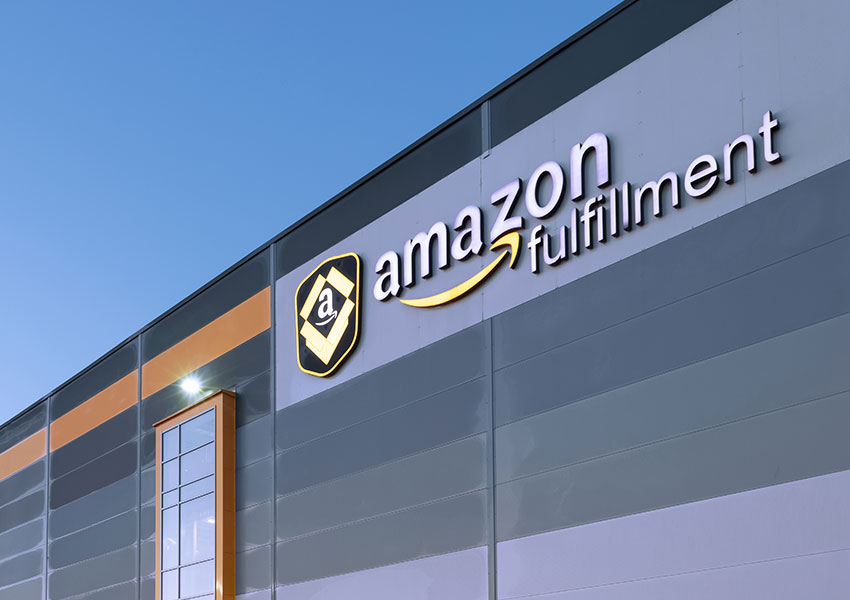Fulfillment By Amazon (FBA): What It Is & How To Get Started

Fulfillment by Amazon offers a platform for sellers to grow, reaching customers far and wide. With the backing of Amazon's infrastructure and customer base, Fulfillment by Amazon (FBA) can be a game-changer for sellers looking to scale their business. Whether you're a new seller or an established one looking to expand, FBA provides the tools and support to navigate the e-commerce landscape with confidence. Here's a breakdown of what FBA is and how you can get into this rewarding venture.
Decoding Fulfillment by Amazon (FBA)
Fulfillment by Amazon is a service that allows sellers to store their products in Amazon's fulfillment centers. Once a customer makes an order, Amazon picks, packs, and ships the product on behalf of the seller. Also, Amazon handles customer service and returns, providing a comprehensive solution that allows sellers to focus on other facets of their business.
Key Features of FBA
- Hassle-Free Storage: With FBA, you don't have to worry about finding a place to store your products. Amazon's vast network of fulfillment centers provides ample space, ensuring your products are safe and ready to be shipped.
- Prime Eligibility: Products fulfilled by Amazon automatically qualify for Amazon Prime, attracting a broader audience who value fast and reliable shipping.
- Customer Trust: Using FBA lends credibility to your products. Customers are more likely to purchase when they know that Amazon is handling the fulfillment, ensuring prompt delivery and customer service.
- Global Reach: FBA isn't limited to one country. With its global fulfillment network, Amazon can store and ship your products across borders, opening doors to international markets.
How to Get Started with FBA
- Create an Amazon Seller Account: Begin by setting up a seller account on Amazon. While registering, choose the "Fulfillment by Amazon" option, which will allow you to access FBA services.
- List Your Products: Once registered, list the products you wish to sell. You can either add new products to the Amazon catalog or list products already available on the platform.
- Prepare Products for Shipment: Before sending your products to Amazon's fulfillment center, ensure they meet Amazon's packaging and labeling requirements. This step is crucial to prevent any issues during storage or shipping.
- Ship Products to Amazon: Once your products are ready, create a shipment in your seller account. Amazon will guide you on where to send your products. You can use Amazon's discounted shipping rates or choose your preferred carrier.
- Monitor Sales: With your products in Amazon's fulfillment centers, they are live and available for purchase. You can monitor sales, track inventory, and gain insights using Amazon's detailed reports.
- Manage Inventory Levels: To ensure you never run out of stock, keep an eye on your inventory levels. Amazon provides notifications when stock is low, prompting you to replenish.
- Handle Returns and Refunds: One of the benefits of FBA is that Amazon manages returns and refunds. However, as a seller, you should be aware of any returned products and the reasons for returns, which can offer insights for future improvements.
Cost Implications
While FBA provides numerous advantages, it's essential to understand the associated costs. Amazon charges storage fees for products stored in their fulfillment centers and fulfillment fees for picking, packing, and shipping products. It's crucial to factor in these costs when pricing your products and planning your business finances.
Pros and Cons of FBA
When considering Fulfillment by Amazon (FBA), it's essential to weigh its pros and cons. On the positive side, FBA offers access to Amazon's extensive customer base, a streamlined shipping process, and increased customer trust thanks to Prime eligibility and Amazon's excellent customer service. However, it's important to be aware of the drawbacks, including the potential accumulation of FBA fees, limited control over warehousing and shipping, and the possibility of experiencing higher return rates.
